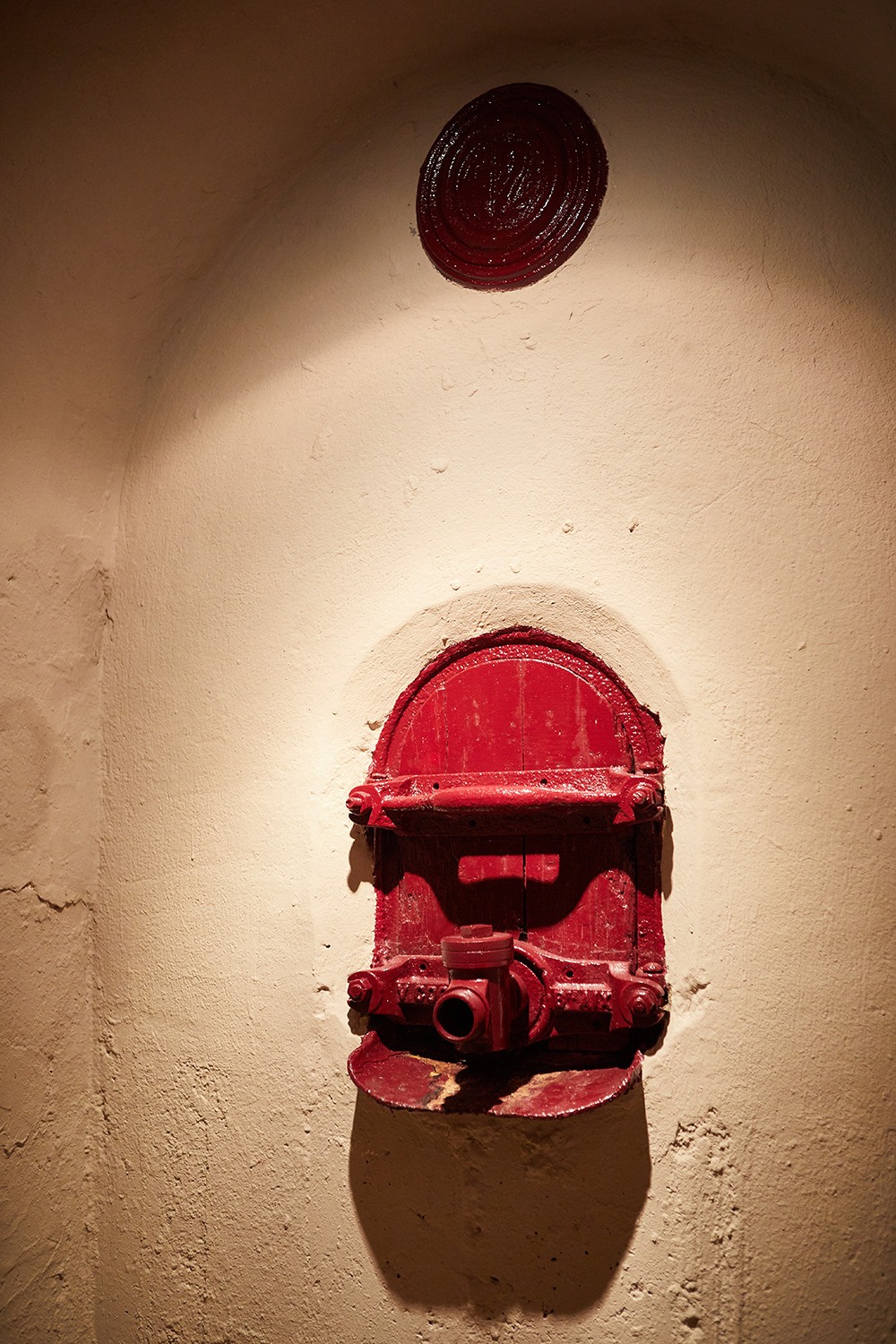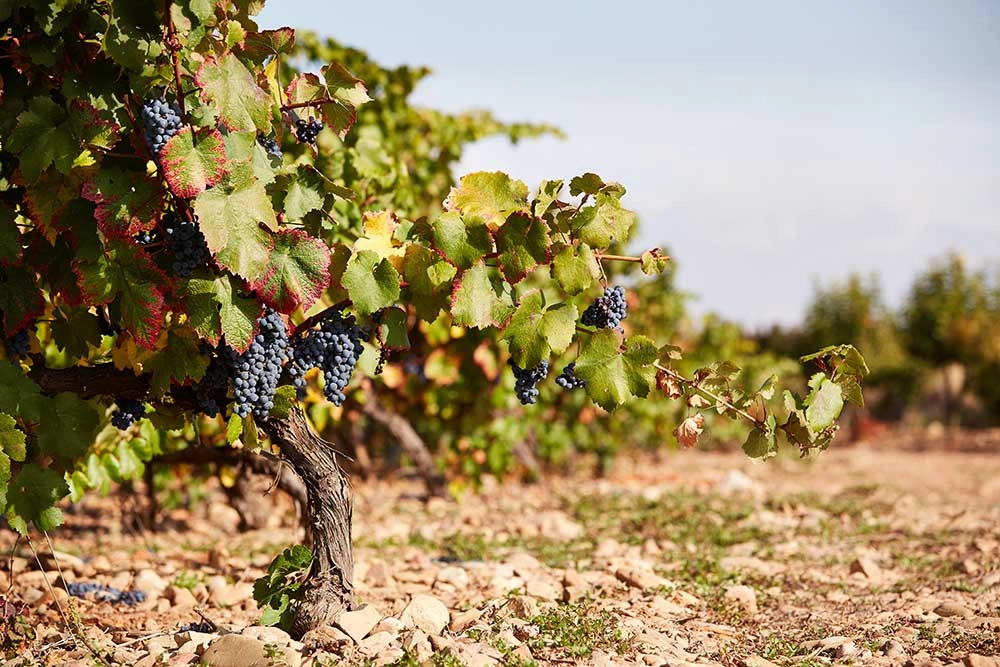As now know how things started out, it’s time to look a little deeper.
We may have explained, contextualised and defined what a D.O. is, or, in the case of Rioja, what a D.O.Ca. is, but we have still not seen what demands are placed upon, for example Montecillo, to form part of it.

We all understand that it is better to be in than out, and that it is a guarantee of quality, aside from the certification of the origin of what we drink, but in this chapter we are going to clarify – the interesting facts, anyway – behind what a D.O. requires of its members, and then, in turn, what a D.O.Ca. requires. Our one.
So that you can clearly see the difference and we can move beyond the simple concept.
Let’s get started. For a wine to obtain the category of Designation of Origin it must fulfil the following requirements:
The wines must be produced in the given Designation of Origin with grapes coming exclusively from this geographic area. So you can stop believing the sadly very widespread myth that Rioja brings in grapes from elsewhere.
Let’s continue…
They should have some special characteristics and be of a quality that can only be achieved thanks to the geographical environment in which they were produced. This part is achieved in an objective manner, so far as possible, with the Regulatory Council demanding certain levels of, let’s say, physical characteristics from the wine (acidity, alcohol level, residual sugar…) or sensorial (colour, clarity.)
To be recognised as a Designation of Origin, at least five years should have passed since wine was recognised as a product of said area.
Achieving all this is not easy and, in fact, there are currently only seventy D.O.s in the whole of Spain.

But as we have already said, in the previous chapter, being a D.O.Ca. is even more demanding, with two regions that have this status: Rioja and Priorat.
To become a D.O.Ca., as well as the meeting the aforementioned requirements to be a Designation of Origin, it must meet the following characteristics:
- The wines have to go through a system of control from production to sale to guarantee their quality and quantity.
- All the wine that is produced should be sold in bottle. You will never see a Rioja in a Tetra Brik or any other type of packaging.
- At least ten years should have passed since their recognition as wines with Designation of Origin.
- In addition there must be a cartographic delimitation, by towns, of the land apt for producing wines with right to the D.O.Ca.
The observance of all these requirements led to Rioja achieving its “Qualified” designation in 1991.
Returning to geographical factors, and to delimit the region in territorial terms, the vineyards of Rioja spread over both margins of the River Ebro bordered by the Sierra de la Demanda and the Sierra de Cantabria.
There are three different production areas, Rioja Alta (towns in La Rioja and the province of Burgos), Rioja Baja (towns in La Rioja and Navarra) and Rioja Alavesa (towns in the province of Alava, in the Basque Country.)
And to close on a more technical note, the vineyards grow on calcareous clay soils in the higher areas and ferruginous clay and alluvial soils on lands close to rivers.
The clay soils, being impermeable, retain more nutrients brought by the water, creating wines that are more concentrated, more structured, but without the drawback of high alcohol levels. Chalky soils tend to give more complex aromas and the ferruginous a greater intensity of colour.
Alluvial soils result in wines that are lighter, less complex, but easier to drink.
Even today these assertions continue to be conventions, as what characteristics different soils give to wines is still a moot point.
It is a debate that is not at all near closure.
As for the climate, the whole area benefits from the combination of the Mediterranean climate (intrinsic to the Ebro Valley) and the Atlantic climate (due to its proximity to the Cantabrian mountains.)
Therefore, without leaving Rioja you can see the differences between the wines with a more Atlantic influence (Rioja Alta) and the Mediterranean (Rioja Baja.)
We will go into more detail later, but the former are acidic and elegant, and the second more potent and concentrated.
Montecillo draws from both areas, but we do have a more Atlantic profile, there is power but with obvious finesse.
That is how we interpret our typicity.
